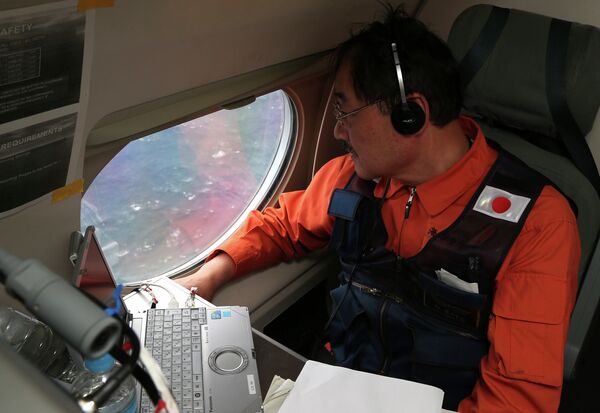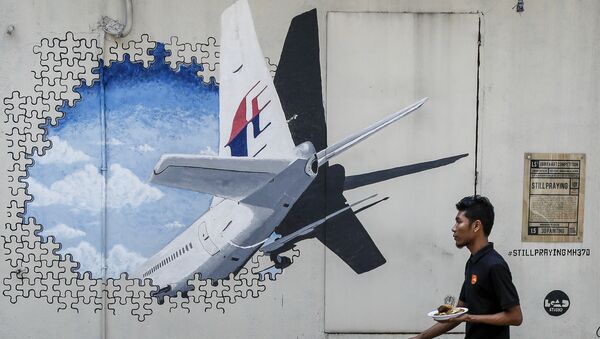Some believe it crashed into the Indian Ocean, but with the search cost reaching a whopping US$180 million, it was quickly suspended until researchers could offer a more refined search area.
In April 2017, Australia's Commonwealth Scientific and Industrial Research Organization (CSIRO) said that its recent analysis of drift patterns suggested that the original search area may have been wrong.
Dr. David Griffin, from CSIRO, informed a national marine conference in Darwin, Australia that the research has been refined further.
"We think we know quite precisely where the plane is", Dr. Griffin said.
However, even though the location has been refined, researchers will still have to search a massive 25,000 square kilometer area.

The new research, according to Dr. Griffin, is a refinement of his group's previous drift modeling, which was based on the location and time a Boeing 777's flaperon washed up on Reunion Island in the Indian Ocean, as well as another piece of debris in Tanzania.
"There's a strong current crossing across the seventh arc at [latitude] 35 degrees south, so we think the plane crashed into that current going to the north-west", Dr. Griffin told the conference in Darwin.




